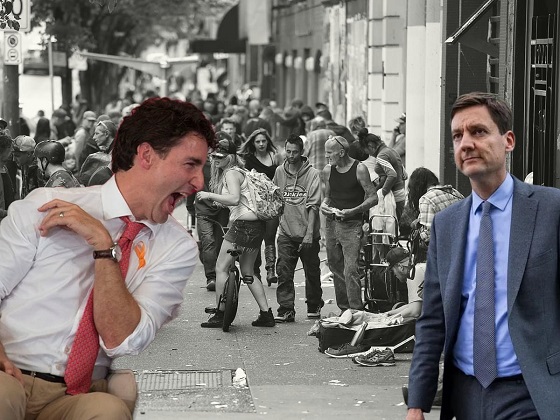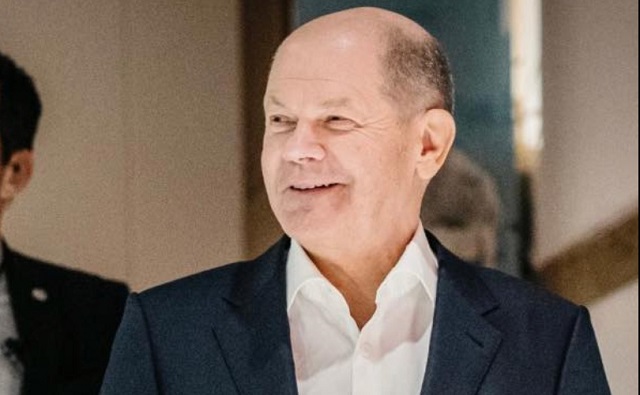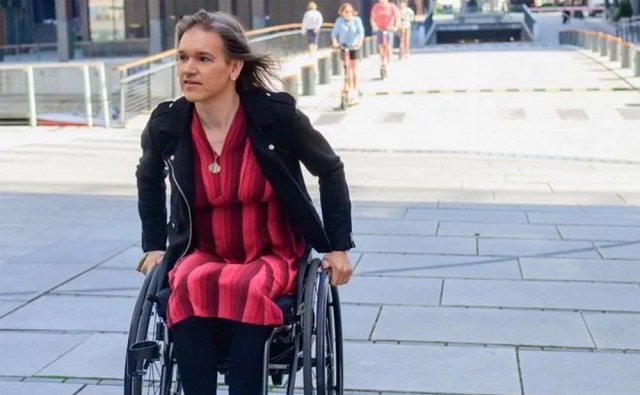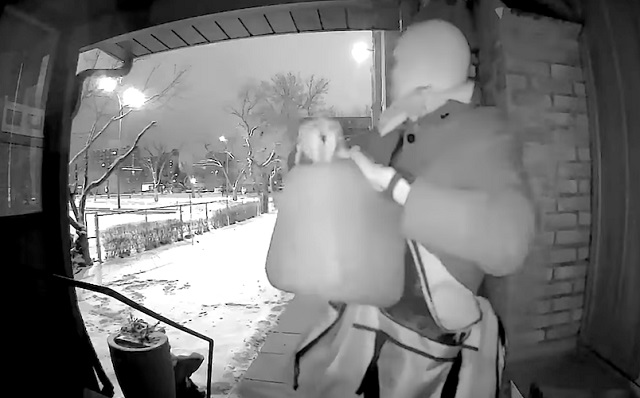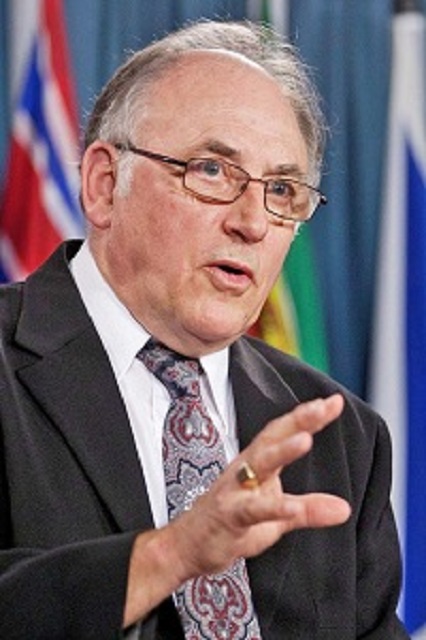Business
Paul Almeida: My European Favourites in 5 – 4 – 3 – 2 – 1!

Salzburg, Austria by Paul Almeida
Salzburg is one of my favourite mid-sized cities in Europe and Austria’s fourth largest city, with only about 150,000 residents. Geographically, it lies at the foot of the Eastern Alps, close to the German border and is bisected by the Salzach River. The compact old town, with medieval and baroque architecture is classified as a UNESCO World Heritage Site and is easy to explore on foot. Salzburg is visited annually by millions of tourists from around the world and our Azorcan tour groups often list it as a favourite stop.

Salzburg, Austria
5 FUN FACTS
Salzburg literally means “Salt Fortress.” The reigning Prince-Archbishops, the city and the region became wealthy mainly from the salt mines in the area, trade and some gold mining. Don’t miss the opportunity to visit a salt mine in the area to learn more about the extraction of the “white gold.”
The 11th century Hohensalzburg is one of the largest and best preserved medieval fortresses in Europe. You can walk up the path to the fortress or you can take the Festungsbahn funicular railway located just off the Kapitelplatz. From the fortress, you can enjoy some of the best views of the city and the surrounding area.
Composer Wolfgang Amadeus Mozart was born on January 27, 1756 in Salzburg, and you can visit his birthplace which is also a museum. You can’t miss the bright yellow building at No. 9 Getreidegasse with “Mozart’s Gebursthaus” in gold letters on the façade. The Getreidegasse is a pedestrian street with shops and restaurants. The ornamental wrought iron signs on the building facades harken back to medieval times. The Schlosserei Wieber shop on the Getreidegasse is a traditional metalworking shop that also continues to make these signs. The city celebrates Mozart Week festival in January around his birthday. A friend once joked that “Mozart was my favourite composer, now he’s my favourite decomposer.”

Hohensalzburg Fortress, Mozart’s Gebursthaus and the metal signs on the Getreidegasse
The famous Salzburg Festival, established in 1920 and which features some of Mozart’s works, is held each summer for five weeks starting in late July. With approximately two hundred drama, concert, and opera events and a quarter of a million visitors, it is a huge undertaking and an important driver of the local economy. The festival celebrated its 200th anniversary in 2020 but unfortunately plans had to be scaled back due to the corona virus pandemic.
The Rodgers and Hammerstein musical, “The Sound of Music,” about the Von Trapp family was set in Salzburg and movie fans love to search out film locations in the city.
Some of the most popular places to seek out are St. Peter’s cemetery, the Mirabell Palace and gardens with the Pegasus fountain, the Horse Pond, the Residence Square with it’s baroque fountain, Schloss Leopoldskron and the Nonnberg Abbey. The Rock Riding School, which was initially built to be a cathedral but was changed to a riding school by the Prince-Archbishop, later became Salzburg’s favourite concert venue. This is where the real Von Trapp family won the 1936 Salzburg Music Festival. There are other film locations located in the surrounding areas and there are tours that focus on the Von Trapp’s and the movie.

Mirabell Gardens, Makartsteg Bridge and the view of the old town from the Mochsberg
4 POINTS OF INTEREST
A walking tour of Salzburg usually starts at the Mirabell Palace gardens. The Palace was built by a Prince-Archbishop in 1606 and has a grand marble hall that is popular for weddings. The view from the palace’s gardens to the Hohensalzburg fortress in the summer when the geometrically laid flowers are in bloom is amazing. The Grand Fountain in the centre of the garden with four mythological statues representing the elements (Fire, Air, Earth, Water), the Dwarf Garden, and the Pegasus Fountain are popular photo stops. The best way to cross the Salzach river to the old town from the Mirabell gardens is the pedestrian Makartsteg Bridge which is usually adorned with numerous “love locks.” The locks are inscribed with the lovers initials, attached to the fencing and the key thrown into the Salzach.
As you cross the river to the old town (Altstadt), go to the right and you will find the Monchsberg lift which takes you up to the Museum of Modern Art (Museum der Moderne). The café at the museum is a great place to have a cappuccino and cheese strudel as you admire the view of the old town. The Monchsberg, which was named after the Benedictine monks, is one of five mountains or hills in Salzburg. The Monchsberg plateau has a hiking path through the forest that you can take and enjoy scenic views all the way to the Hohensalzburg fortress. The city has a mountain inspector’s office (Bergputzer) to check the mountain for possible falling rocks. In 1669, an avalanche of rock landed on the city below and killed over 200 people.
On the University Square (Universitatplatz), you will find the Grünmarkt or green
Market that goes back to the 18th century. The farmers market still has vendors selling fruit, vegetables, cheeses, meats, breads and pastries. It’s a great place to sample local products, or grab a quick lunch or a pretzel. The Kollegienkirche or University church dominates the square, and there are several historic buildings surrounding the lively square.

Pretzel kiosk on University Square, Residence Square and the Salzburg Cathedral>
A short walk from the University Square will take you past the Alter Markt square with the St. Florian Fountain and into the expansive Residence Square (Residenzplatz). The square has a magnificent baroque fountain decorated with four horses snorting water, giants, dolphins and a triton. Here is where you can find horse drawn carriages to enjoy the city centre at a leisurely pace. The Residence museum on the square is a testament to the immense wealth and political power of the Prince-Archbishop’s of Salzburg. The lavish state rooms and painting collection make it a top attraction. The 17th century baroque Salzburg Cathedral or Dom on the square is connected to the Residence. The Cathedral has religious relics of St. Rupert, an impressive pipe organ, plus an ornate ceiling and dome. The baptismal font is the same one used to baptize Mozart.
3 INTERESTING ACTIVITIES
To fully understand the significance of salt to the fortunes of Salzburg take a short trip to the Salzbergwerk Dürrnberg, which is located on the Dürrnberg above the town of Hallein. After supplying you with miner’s overalls, you will go by rail deep into the mountain where you will walk through the tunnels, go down two long slides and take a raft trip across an underground salt lake. The very informative tour explains the history of the mine from the age of the Celts to modern mining methods. After the tour be sure to visit the SALINA Celtic village to see how life was 2,600 years ago.
The Red Bull Hanger 7 at the Salzburg Airport is an impressive glass structure that houses the Flying Bulls historical airplane and helicopter fleet plus a collection of Formula 1 race cars. Austrian Red Bull founder and billionaire Dietrich Mateschitz is the owner of the hanger and the collection. If you like cars or planes, this is a must stop when you visit Salzburg or have a layover at the airport.

Going into the Salt Mine, a Red Bull concept race car and inside the Hanger 7
The imposing 900 year old medieval Hohenwerfen Castle, surrounded by the Berchtesgaden Alps, is located about 40 km south of Salzburg and overlooks the town of Werfen. A funicular takes you from the parking area up to the castle’s interior courtyard. The castle has an extensive weapons exhibit. The main event is a birds of prey demonstration from the Salzburg Falconry Center in the exterior courtyard with falcons, kites, vultures, and eagles. Some of these birds are huge and have no problem walking amongst the spectators. Be sure to check the daily times of the demonstrations in advance.

The impressive Hohenwerfen Castle, the courtyard and a large eagle
2 LOCAL DISHES TO ORDER
Tafelspitz is a popular Austrian dish of veal and vegetables that is simmered slowly. The broth is served separately as a first course then the veal and root vegetables are accompanied by apple-horsradish and chives.
Salzburger Nockerl was invented in Salzburg in the 17th century. Nockerl are vanilla flavoured dumplings dusted with powdered sugar and served with fruit jams or sauces. The warm dumplings arrive in three mounds to represent the three hills that surround Salzburg.

A Salzburger Nockerl, the Augustiner Brewery and their beer gardens
1 BEVERAGE TO ENJOY
There are eleven breweries in Salzburg, and the city is known as Austria’s beer capital. The Stiegl brewery has been privately owned since 1492. The Stieglkeller, located below the Hohensalzburg fortress, is a restaurant and beer garden that offers great views of the old town.
Established in 1621, the Augustiner Brau brewery and tavern is the biggest in Austria with indoor seating and a beer garden. In addition to great beer, you can purchase traditional dishes from food stands located inside the hall or the brewery.
Salzburg is a university town and has a lively café, beer garden and nightlife scene.
In addition to Mozart Week and the Salzburg Music Festival locals celebrate Fasching, Easter and harvest festivals. Salzburg’s Christmas markets are very popular and some shops in the old town specialize in Christmas.
Paul Almeida is the President of Azorcan Global Sport, School and Sightseeing tours and his company has taken thousands of people to Europe on custom group tours since 1994.
Visit azorcan.net to see all our custom group tour possibilities and to see our signature sport, sightseeing and sport fan tours individuals can now join.
Check out our newsletters, and listen to our podcasts at azorcan.net/media
Images compliments of Paul Almeida and Azorcan Tours.
Read more on Todayville.
Business
Taxpayers criticize Trudeau and Ford for Honda deal

From the Canadian Taxpayers Federation
Author: Jay Goldberg
The Canadian Taxpayers Federation is criticizing the Trudeau and Ford governments to for giving $5 billion to the Honda Motor Company.
“The Trudeau and Ford governments are giving billions to yet another multinational corporation and leaving middle-class Canadians to pay for it,” said Jay Goldberg, CTF Ontario Director. “Prime Minister Justin Trudeau is sending small businesses bigger a bill with his capital gains tax hike and now he’s handing out billions more in corporate welfare to a huge multinational.
“This announcement is fundamentally unfair to taxpayers.”
The Trudeau government is giving Honda $2.5 billion. The Ford government announced an additional $2.5 billion subsidies for Honda.
The federal and provincial governments claim this new deal will create 1,000 new jobs, according to media reports. Even if that’s true, the handout will cost taxpayers $5 million per job. And according to Globe and Mail investigation, the government doesn’t even have a proper process in place to track whether promised jobs are actually created.
The Parliamentary Budget Officer has also called into question the government’s claims when it made similar multi-billion-dollar handouts to other multinational corporations.
“The break-even timeline for the $28.2 billion in production subsidies announced for Stellantis-LGES and Volkswagen is estimated to be 20 years, significantly longer than the government’s estimate of a payback within five years for Volkswagen,” wrote the Parliamentary Budget Officer said.
“If politicians want to grow the economy, they should cut taxes and red tape and cancel the corporate welfare,” said Franco Terrazzano, CTF Federal Director. “Just days ago, Trudeau said he wants the rich to pay more, so he should make rich multinational corporations pay for their own factories.”
Business
UN plastics plans are unscientific and unrealistic

News release from the Coalition of Concerned Manufacturers and Businesses of Canada
“We must focus on practical solutions and upgrading our recycling infrastructure, not ridiculous restrictions that will harm our health care system, sanitary food supply, increase costs and endanger Canadians’ safety, among other downsides.”
This week Ottawa welcomes 4,000 delegates from the United Nations to discuss how they will oversee a reduction and even possible elimination of plastics from our lives. The key problem is no one has ever figured out how they will replace this essential component of our modern economy and society. The Coalition of Concerned Manufacturers and Businesses of Canada (CCMBC) has launched an information campaign to discuss the realities of plastic, how it contributes massively to our society and the foolishness of those who think plastics can be eliminated or greatly reduced without creating serious problems for key industries such as health care, sanitary food provision, many essential consumer products and safety/protective equipment, among others. CCMBC President Catherine Swift said “The key goal should be to keep plastics in the economy and out of the environment, not eliminate many valuable and irreplaceable plastic items. The plastics and petrochemical industries represent about 300,000 jobs and tens of billions contribution to GDP in Canada, and are on a growth trend.”
The UN campaign to ban plastics to date has been thwarted by reality and facts. UN efforts to eliminate plastics began in 2017, motivated by such terrible images as rivers with massive amounts of floating plastic and animals suffering from negative effects of plastic materials. Although these images were dramatic and disturbing, they do not represent the big picture of what is really happening and do not take into account the many ways plastics are hugely positive elements of modern society. Swift added “Furthermore, Canada is not one of the problem countries with respect to plastics waste. Developing countries are the main culprits and any solution must involve helping the leading plastics polluters find workable solutions and better recycling technology and practices.”
The main goal of plastic is to preserve and protect. Can you imagine health care without sanitary, flexible, irreplaceable and recyclable plastic products? How would we keep our food fresh, clean and healthy without plastic wraps and packaging? Plastic replaces many heavier and less durable materials in so many consumer products too numerous to count. Plastics help the environment by reducing food waste, replacing heavier materials in automobiles and other products that make them more energy-efficient. Many plastics are infinitely recyclable and innovations are taking place to improve them constantly. What is also less known is that most of the replacements for plastics are more expensive and actually worse for the environment.
Swift stated “Environment Minister Steven Guilbeault has been convinced by the superficial arguments that plastics are always bad despite the facts. He has pursued a campaign against all plastics as a result, without factoring in the reality of the immense value of plastic products and that nothing can replace their many attributes. Fortunately, the Canadian Federal court overturned his absurd ban on a number of plastic products on the basis that it was unscientific, impractical and impinged upon provincial jurisdiction.” Sadly, Guilbeault and his Liberal cohorts plan to appeal this legal decision despite its common-sense conclusions. Opinion polls of Canadians show that a strong majority would prefer this government abandon its plastics crusade at this point, but history shows these Liberals prefer pursuing their unrealistic and costly ideologies instead of policies that Canadians support.
The bottom line is that plastics are an essential part of our modern society and opposition has been based on erroneous premises and ill-informed environmentalist claims. Swift concluded “Canada’s record on plastics is one of the best in the world. This doesn’t mean the status quo is sufficient, but we must focus on practical solutions and upgrading our recycling infrastructure, not ridiculous restrictions that will harm our health care system, sanitary food supply, increase costs and endanger Canadians’ safety, among other downsides.” The current Liberal government approach is one that has no basis in fact or science and emphasizes virtue-signaling over tangible and measurable results. Swift noted “The UN’s original founding purpose after World War II was to prevent another world war. Given our fractious international climate, they should stick to their original goal instead of promoting social justice warrior causes that are unhelpful and expensive.”
The CCMBC was formed in 2016 with a mandate to advocate for proactive and innovative policies that are conducive to manufacturing and business retention and safeguarding job growth in Canada.
SOURCE Coalition of Concerned Manufacturers and Businesses of Canada
-

 Alberta23 hours ago
Alberta23 hours agoRed Deer Doctor critical of Alberta’s COVID response to submit report to Danielle Smith this May
-

 conflict1 day ago
conflict1 day agoCol. Douglas Macgregor torches Trump over support for bill funding wars in Ukraine and Israel
-

 Censorship Industrial Complex1 day ago
Censorship Industrial Complex1 day agoNow We Are Supposed to Cheer Government Surveillance?
-

 Business7 hours ago
Business7 hours agoDon’t be fooled by high-speed rail
-

 COVID-192 days ago
COVID-192 days agoInquiry shows Canadian gov’t agencies have spent $10 million on social media ads for COVID jabs
-

 Alberta6 hours ago
Alberta6 hours agoActivity-Based Hospital Funding in Alberta: Insights from Quebec and Australia
-

 Business2 days ago
Business2 days agoFederal government’s ‘fudget budget’ relies on fanciful assumptions of productivity growth
-

 Health1 day ago
Health1 day agoTransgender activists are threatening the author of scathing UK report on child ‘sex changes’


